(Page créée avec « On the outskirts of Antananarivo, the capital of Madagascar, the Andralanitra dumpsite covers some 20 hectares of land and receives between 350 and 550 tonnes of garbage e... ») |
(Page créée avec « Their business is quite successful and has advantages that can't be ignored: with 1kg of animal fat, bought for 1200 Ariary (0.33€), they produce around 30 soaps which t... ») |
||
| Ligne 20 : | Ligne 20 : | ||
|Introduction=On the outskirts of Antananarivo, the capital of Madagascar, the Andralanitra dumpsite covers some 20 hectares of land and receives between 350 and 550 tonnes of garbage each day. More than 3000 "ragpickers" work there daily, carefully picking through, salvaging, and recycling the trash. Many years ago, two inhabitants from the neighbouring village, Chris and Aimé, began producing the soap "Gasy" (made in Madagascar) from organic waste salvaged from the landfill and from animal fat. They created a small business around the sale of their soap, and after a few years of business they were producing and selling close to 3000 each week. They even brought their business to the bush, where hygiene issues and access to this type of product are very difficult. | |Introduction=On the outskirts of Antananarivo, the capital of Madagascar, the Andralanitra dumpsite covers some 20 hectares of land and receives between 350 and 550 tonnes of garbage each day. More than 3000 "ragpickers" work there daily, carefully picking through, salvaging, and recycling the trash. Many years ago, two inhabitants from the neighbouring village, Chris and Aimé, began producing the soap "Gasy" (made in Madagascar) from organic waste salvaged from the landfill and from animal fat. They created a small business around the sale of their soap, and after a few years of business they were producing and selling close to 3000 each week. They even brought their business to the bush, where hygiene issues and access to this type of product are very difficult. | ||
| − | + | Their business is quite successful and has advantages that can't be ignored: with 1kg of animal fat, bought for 1200 Ariary (0.33€), they produce around 30 soaps which they sell for 200 Ariary apiece. The plant matter used in the making of the soap as well as the fuel used for the preparation heating are salvaged from the waste, which does not yield any extra cost. | |
Ce tutoriel détaille la fabrication du savon Gasy selon la méthode de Chris et Aimé. | Ce tutoriel détaille la fabrication du savon Gasy selon la méthode de Chris et Aimé. | ||
Version du 26 mai 2018 à 08:45
Description
Making soap using banana leaf ashes and animal fat
Introduction
On the outskirts of Antananarivo, the capital of Madagascar, the Andralanitra dumpsite covers some 20 hectares of land and receives between 350 and 550 tonnes of garbage each day. More than 3000 "ragpickers" work there daily, carefully picking through, salvaging, and recycling the trash. Many years ago, two inhabitants from the neighbouring village, Chris and Aimé, began producing the soap "Gasy" (made in Madagascar) from organic waste salvaged from the landfill and from animal fat. They created a small business around the sale of their soap, and after a few years of business they were producing and selling close to 3000 each week. They even brought their business to the bush, where hygiene issues and access to this type of product are very difficult.
Their business is quite successful and has advantages that can't be ignored: with 1kg of animal fat, bought for 1200 Ariary (0.33€), they produce around 30 soaps which they sell for 200 Ariary apiece. The plant matter used in the making of the soap as well as the fuel used for the preparation heating are salvaged from the waste, which does not yield any extra cost.
Ce tutoriel détaille la fabrication du savon Gasy selon la méthode de Chris et Aimé.
Il est évident que ce genre de solution contraste avec les standards d'hygiène européens, mais comme dit plus haut, certaines zones défavorisées de Madagascar n'ont aucun accès à la propreté. De plus, Chris et Aimé nous rappellent par là qu'il est très facile de fabriquer soi-même son savon par des méthodes traditionnelles, avec des résultats aussi bons que du savon industriel.
Matériaux
- 1 kg de graisse animale (porc ou boeuf)
- 3 kg de cendres de branches de bananier
- 10 L d'eau de pluie
Outils
- Un fut en métal
- Un fut en plastique
- Une tige pour mélanger (ici du bois)
- De quoi faire un feu
Étape 1 - Fonctionnement
Un savon est normalement composé d'un acide gras (ici la graisse animale) et d'un agent basique (de pH élevé) tel que la soude ou la potasse (ici fabriqué à partir de cendre). Ces deux composés créent une réaction de saponification qui permet de créer du savon.
La saponification
La saponification est la réaction d'un corps gras avec des ions hydroxydes (apportés par un alcali tel que la potasse ou la soude) pour donner un ion carboxylate (le savon) et du glycérol (aussi appelé glycérine).
Les savons sont donc des mélanges d'ions carboxylates et de cations métalliques (ions sodium ou potassium). L'ion carboxylate est un agent tensio-actif qui abaisse la tension superficielle de l'eau : c'est un détergent.
Il assure le lavage grâce à 4 qualités :
- Le pouvoir mouillant : l'eau savonneuse peut pénétrer les petits interstices de la surface en contact (linge, peau, table, assiette...) plus efficacement que l'eau ;
- Le pouvoir émulsifiant : les ions carboxylates s'agglutinent autour de la saleté et s'immiscent entre celle-ci et la surface en contact jusqu'à isoler la saleté de cette surface. Ils forment des micelles englobant de petites particules de saleté. Les ions carboxylates ont une extrémité lipophile et sont donc particulièrement efficaces contre les corps gras ;
- Le pouvoir dispersant : de par les propriétés des ions carboxylates et la structure des micelles, celles-ci se repoussent les unes des autres et elles se retrouvent donc dispersées dans l'eau savonneuse ;
- Le pouvoir moussant : il se forme un film d'ions carboxylates à la surface de l'eau de tension superficielle faible. Par agitation de l'eau savonneuse, des bulles d'air peuvent alors être emprisonnées. La mousse n'intervient pas en tant que telle dans le lavage mais est un indicateur de la tension superficielle du liquide et donc de son pouvoir détergent.
Étape 2 - La lessive de cendre
- Récupérer de la cendre de bois, celle-ci doit être fine et provenir d'un bois naturel ;
- Mélanger la cendre et l'eau de pluie dans un rapport 1:3 (ici 3kg de cendre pour 10L d'eau). Mélanger de temps en temps, laisser reposer durant environ 3 jours ;
- Filtrer finement dans un tissu ; on obtient notre base, la potasse.
Pour tester la concentration de notre lessive, on peut utiliser une technique très simple : tremper une plume de poulet dans la lessive, si celle-ci commence à se dissoudre, la lessive a la bonne concentration.
Attention : la lessive de cendre est une solution très basique et donc très corrosive, à manipuler avec précaution: Si possible gants et lunettes
Étape 3 - Préparation de la graisse
La graisse doit d'abord être débarrassée de toute impureté. Pour cela on la fait chauffer jusqu'à ce qu'elle soit bien fondue. Les impuretés se déposent par décantation au fond. En refroidissant, la graisse pure forme une croûte solide sur le dessus.
Étape 4 - La saponification
- Faire fondre la graisse dans le fut en métal ;
- Y verser la lessive de cendre ;
- Porter le tout à ébullition pour accélérer la réaction, mélanger pour éviter le débordement.
Étape 5 - Le savon
Après ébullition, deux solutions s'offrent à nous :
- Laisser reposer une bonne heure pour obtenir une pâte tendre. À la main, donner au savon la forme souhaitée ;
- Verser la préparation dans des moules pour directement obtenir la forme souhaitée.
Étape 6 - Pistes d'amélioration
- À la place de graisse animale, on peut utiliser de l'huile végétale (colza, olive, lin, tournesol...) en fonction de la disponibilité de la ressource.
- Il est possible d'ajouter des huiles essentielles dans la préparation pour avoir une odeur agréable.
- Le savon obtenu peut être un peu basique, donc mauvais pour la peau. Afin d'abaisser le pH, on peut soit ajouter du vinaigre à la solution, ou la mélanger à de la poudre d'argile.
- La qualité de la cendre influe sur la qualité du savon : de la cendre de pommier, de coque de noix ou de chêne finement tamisée permet d'obtenir un savon de bonne qualité. Brûler le bois à très haute température permet aussi d'obtenir une cendre plus blanche et donc de meilleure qualité pour la fabrication du savon.
Notes et références
Ce tutoriel est inspiré du travail de Chris et Aimé, originaires d'Antananarivo à Madagascar.
N'hésitez pas à commenter, partager, et agrémenter le tutoriel d'informations utiles à son amélioration.
L’équipe du Low-Tech Lab vous invite également à consulter sa Biblilowtech.
Yes
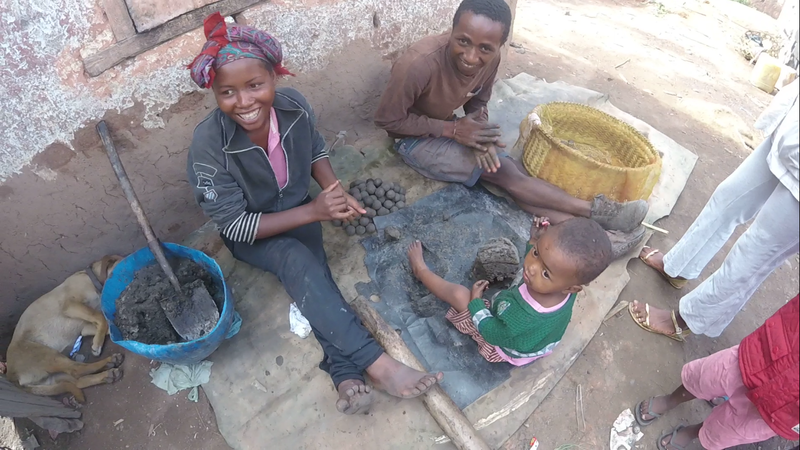
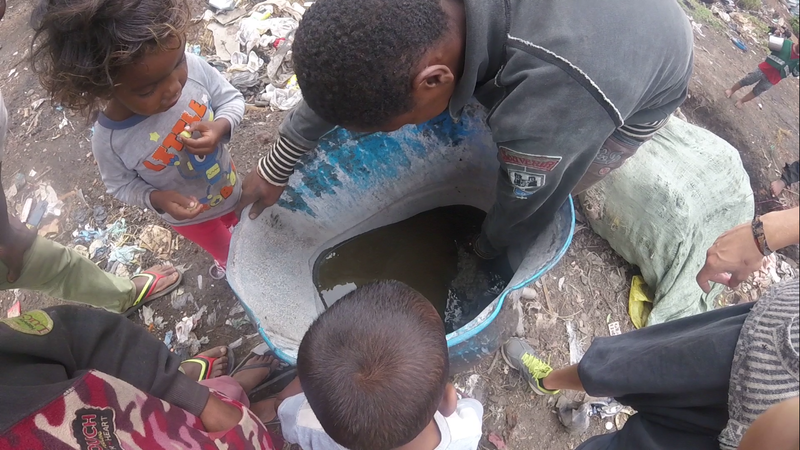
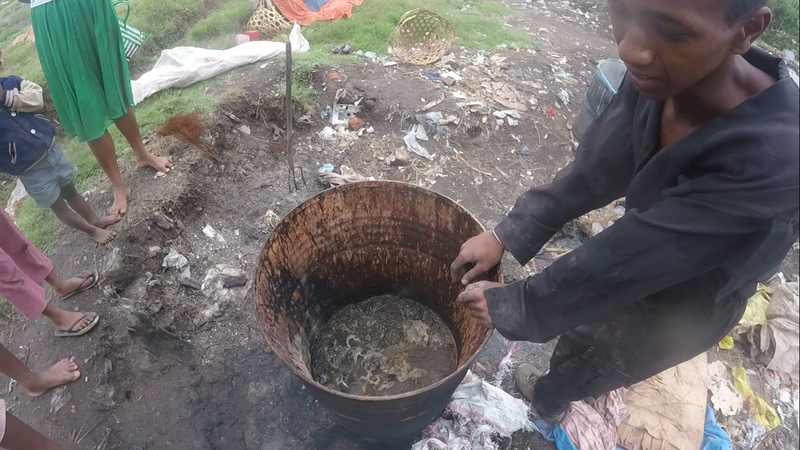
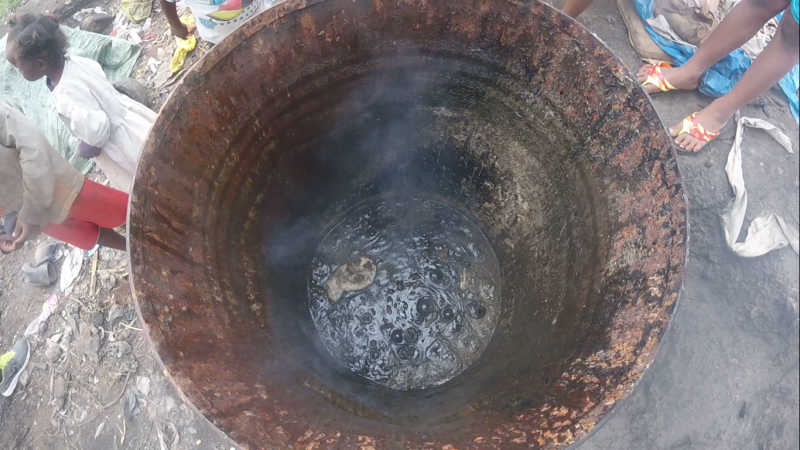
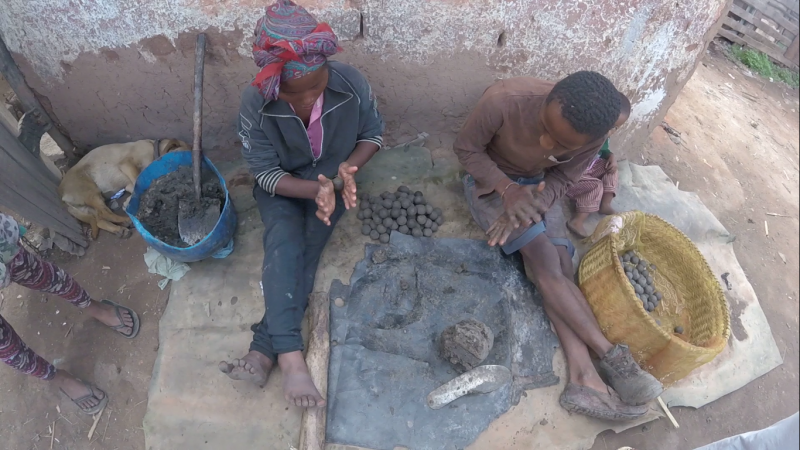
 Français
Français English
English Deutsch
Deutsch Español
Español Italiano
Italiano Português
Português